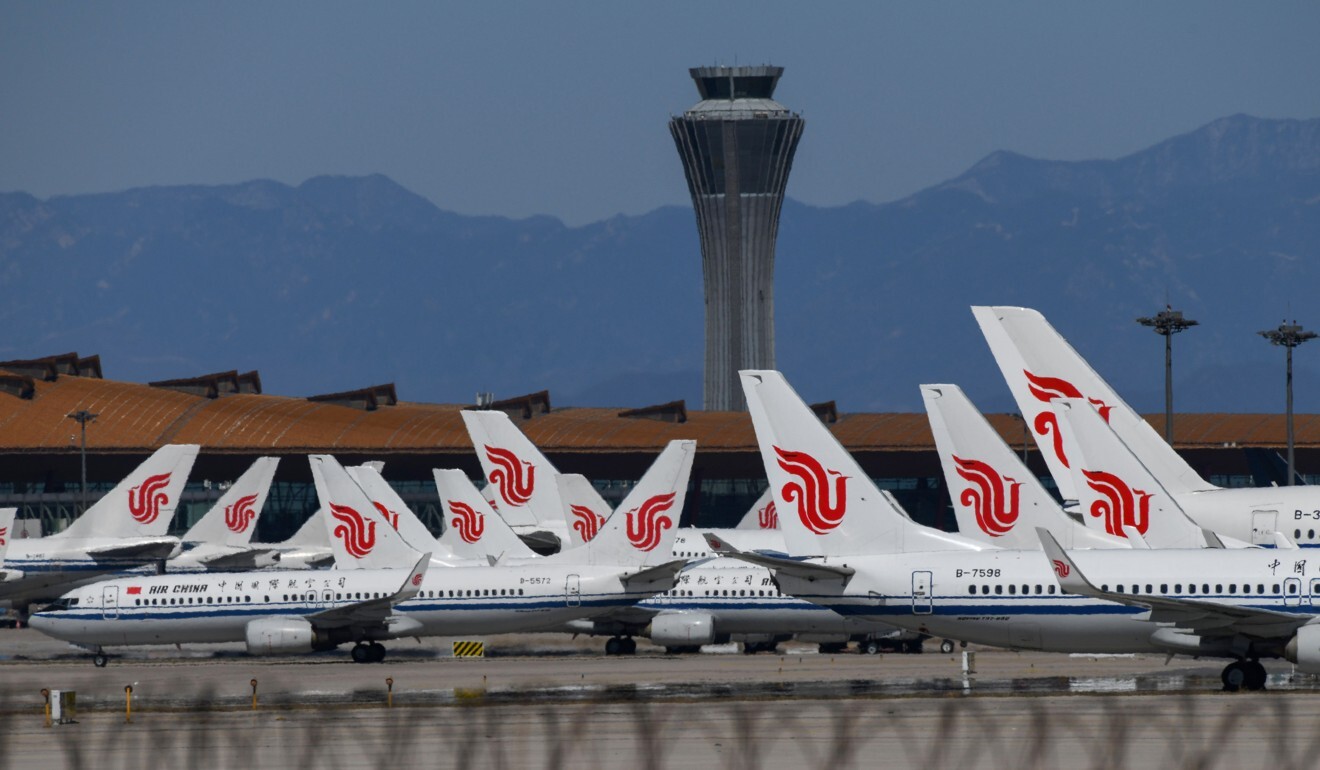
World’s airlines commit to net zero carbon emissions by 2050, but Chinese carriers say target flies in the face of national goal
- Mainland Chinese airlines wanted IATA to allow them to follow President Xi Jinping’s 2060 emissions target, but industry backs earlier date
- Airlines will look to become carbon neutral through sustainable aviation fuel, new aircraft technology and alternative energy sources
Most of the world’s airlines have backed the industry’s new target to achieve zero carbon emissions by 2050, despite mainland Chinese carriers joining forces to call for a delay to the timetable.

Willie Walsh, director general and CEO of IATA, said the airlines’ backing of the 2050 target symbolised the industry as a whole pushing towards the goal, but also left room for individual carriers to set their own timetables.
“We move forward as a democratic organisation where people have different views and we respect those views and we respect very strongly the commitment and contribution the carriers in China make to IATA,” he told a media briefing.
“How individual airlines achieve [net zero] will be subject to their choice ... and they are free to pursue their own choice.”

Mainland carriers at the conference signalled a strong desire to be given the freedom to follow China’s own climate road map towards net zero.
Xi laid out his vision last year to make China carbon neutral by 2060, a pledge seen as ambitious given the country’s emissions had not yet peaked.
IATA noted that most Chinese airlines filed comments raising similar concerns over the new target date, making up about 10 per cent of the member airlines represented by the aviation trade body.
China Cargo, the air cargo arm of China Eastern Airlines, urged IATA to abide by the CBDR principle [common but differentiated responsibilities] set at the Paris Climate Conference in 2015, which allows different countries to choose their own mid- and long-term goals.
China Southern Airlines, the nation’s largest carrier by passengers carried before the pandemic, also sought to amend the road map to the target by allowing countries to attain net zero emissions at different speeds, but it failed to find any backers.
Walsh furthermore said room to accommodate China’s 2060 target in the industry-wide commitment was not possible given the pressure airlines were under to move faster towards 2050.
Critics said the airline industry move was non-binding and would be unchecked by formal legislation.
Dan Rutherford, the aviation and shipping director at the International Council on Clean Transportation, said: “China is historically concerned about [CBDR] and the fact that US and EU carriers are responsible for the bulk of emissions to date.”
He said the easiest way to resolve tensions was to have each country regulate aircraft emissions from flights departing from its own airports to avoid distorted competing agendas and allow emerging economies to still be given room to grow.
Airlines are looking to meet the 2050 target by expanding the use of sustainable aviation fuels, investing in new aircraft technology, and embracing zero-emission energy sources such as electric and hydrogen propulsion.
They broadly welcome the move towards tougher climate goals, which will require substantial investment over the long term at a time when the Covid-19 crisis continues to weigh heavily.
IATA said airlines would nurse a combined loss of US$201 billion between 2020 and 2022 from the coronavirus pandemic, and were on course to lose US$11.6 billion next year, down US$51.8 billion projected this year.

